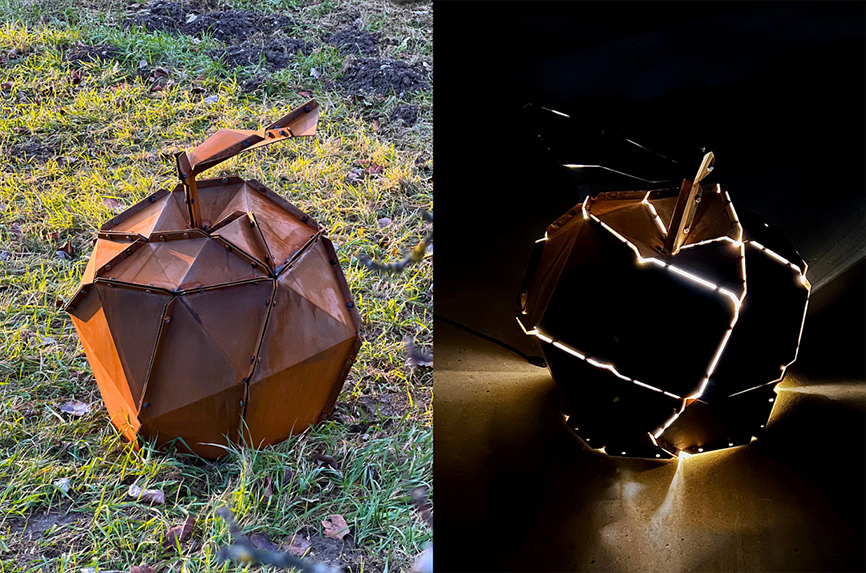
Nikola Vudrag
70 cm in diameter (80 cm tall)
120 cm in diameter (150 cm tall)
150 cm in diameter (170 -175 cm tall)
metal
The story of Hercules and his Twelve Labors has captivated audiences for centuries, showcasing the strength and determination of the Greek hero. Among these labors, the quest for the Apples of Hesperides stands out as a testament to unconditional help towards the less fortunate. As Hercules embarked on his search for the elusive Apples of Hesperides, he encountered Prometheus, the chained titan. Seeing Prometheus suffer, Hercules selflessly rescued him from his torment. Grateful for the hero’s actions, Prometheus directed Hercules to Atlas, who carried the weight of the sky upon his shoulders. Recognizing Atlas’s pain, Hercules offered his assistance, bearing the burden for a while and constructing the legendary “pillars of Hercules.” In return, Atlas revealed the location of the golden apples, recognizing Hercules’s noble character and willingness to help others.
The sculpture of the Apples of Hesperides, positioned within the gardens of Villa Luginsland, serves as a striking visual representation of this myth. Constructed with polygonal forms, the sculpture reflects the essence of geometry and mathematics, showcasing the precision and elegance inherent in the natural world. The use of everlasting corten steel for the sculpture’s shell further enhances its aesthetic appeal, evoking a warm, rusted ancient patina. However, the true essence of the artwork lies in the interplay between the steel shell and the glowing light emanating from within. The bright, warm light, protected and molded by the steel, symbolizes the connection lines of the sculpture. It represents the interconnectedness of humanity and the transformative power of helping. Just as Hercules’s selflessness illuminated his path to the golden apples, the sculpture’s radiance illuminates the garden and the hearts of those who witness it.